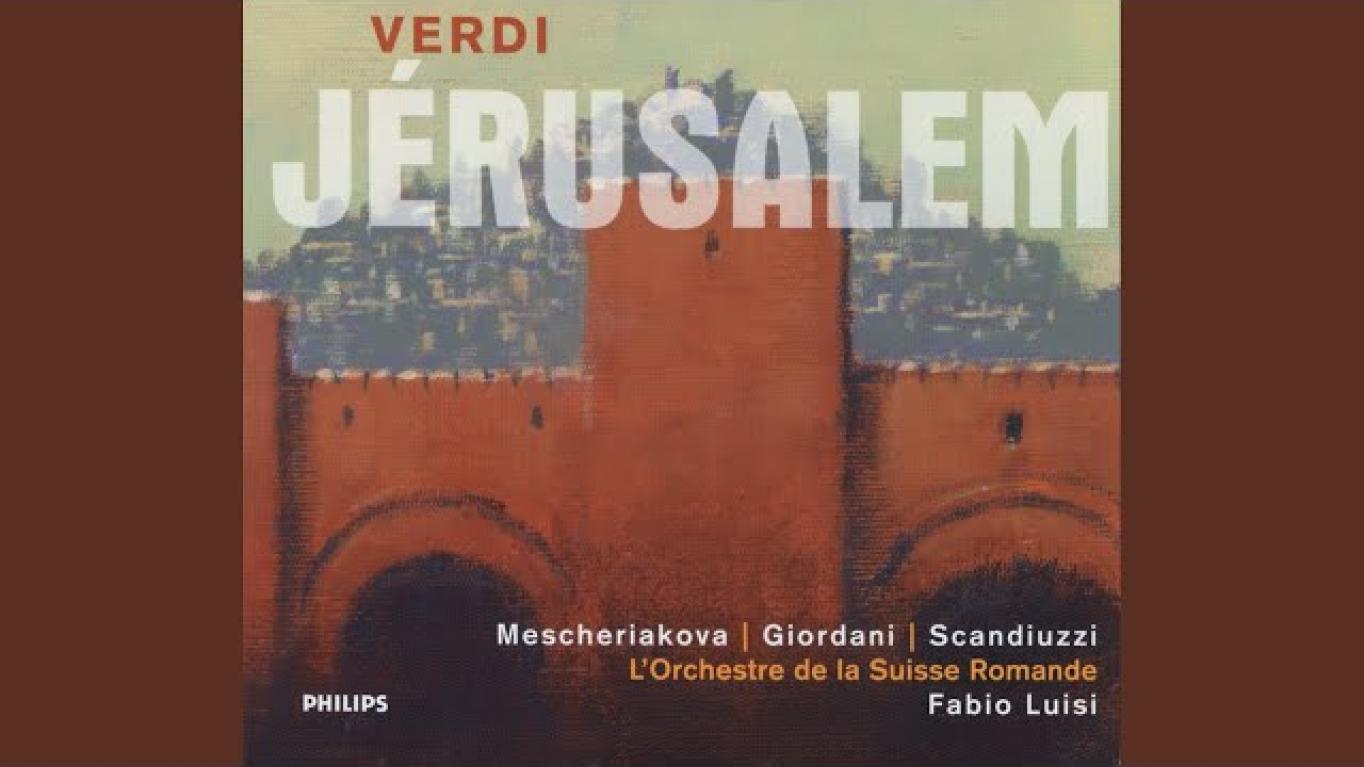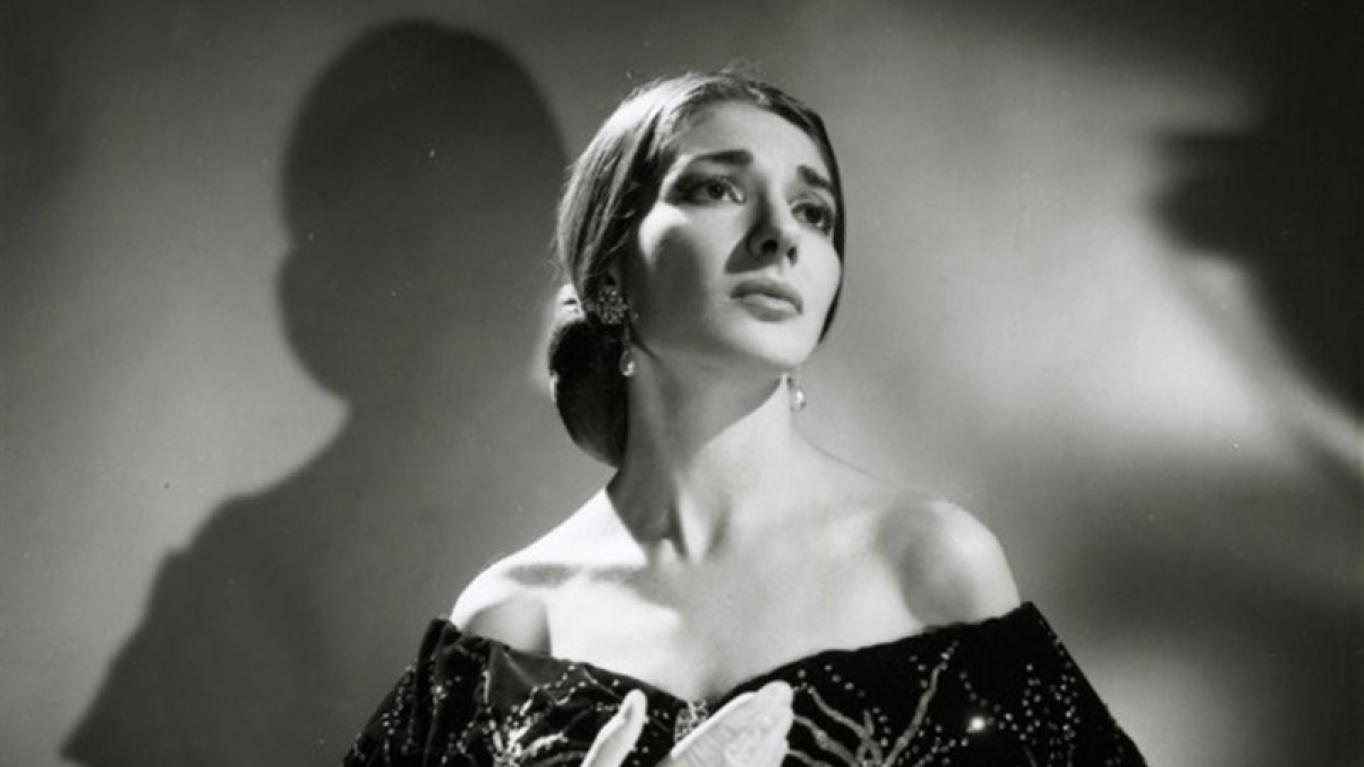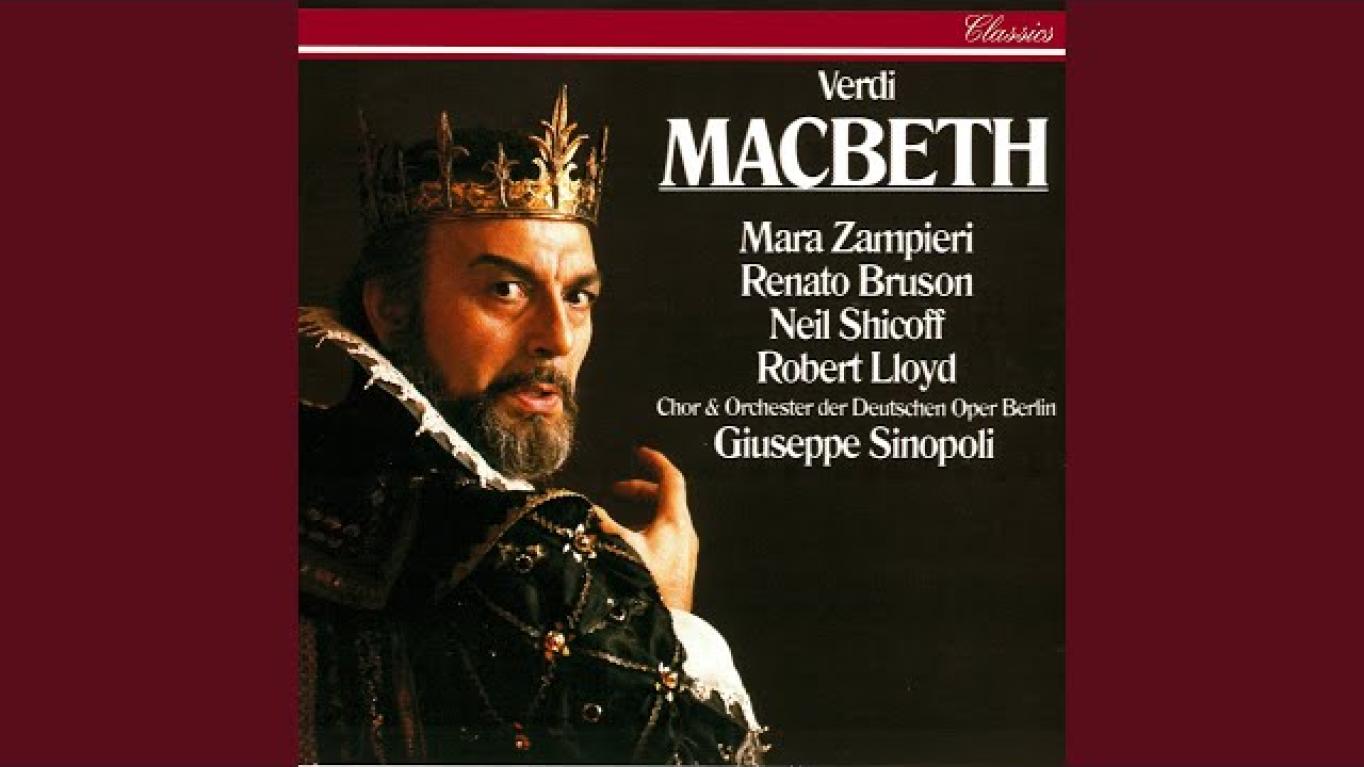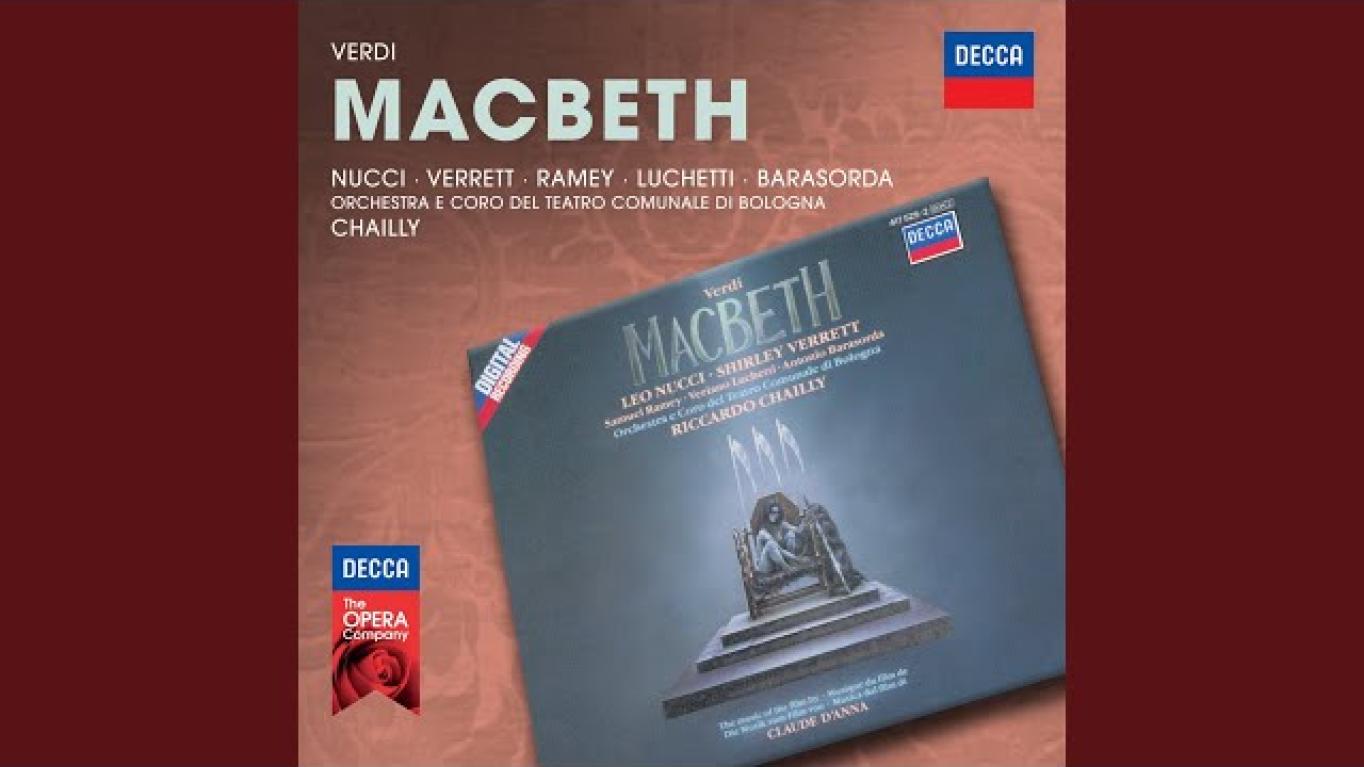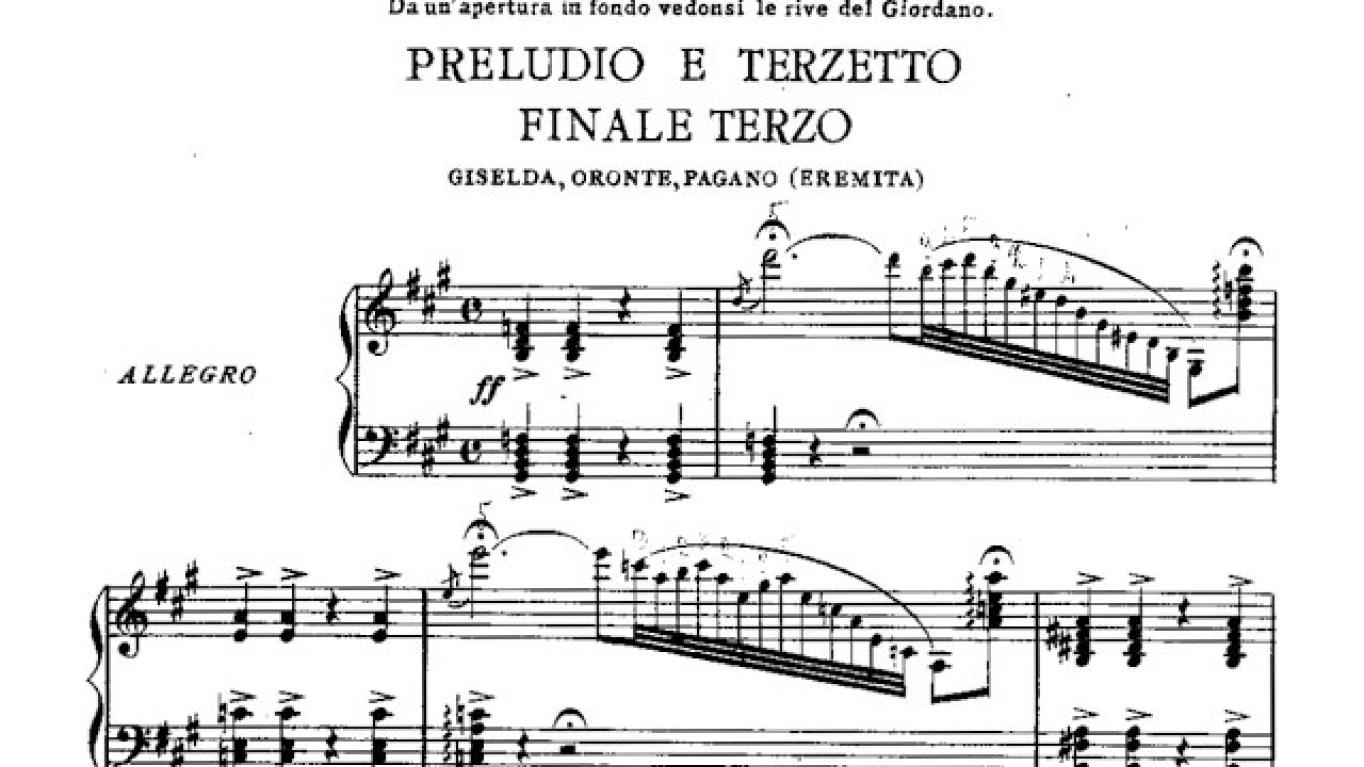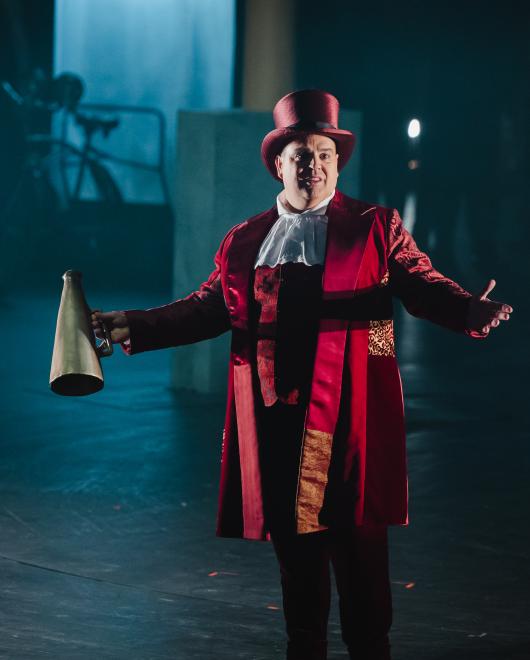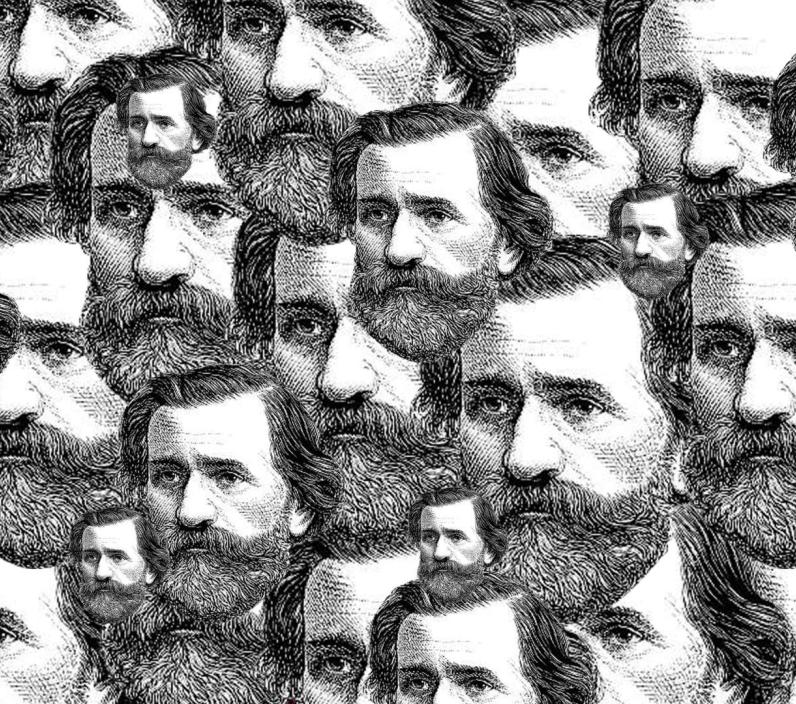
Five early Verdi gems in Nostalgia
By Conductor Carlo Goldstein.
A rarely performed yet masterful Overture, two key scenes from Macbeth, that one striking violin solo in I Lombardi and an Aria from Il corsaro that is both loved and feared by sopranos: conductor Carlo Goldstein tips you five musical highlights from the second part of the Verdi diptych.
1. Overture (Jérusalem)
The project as a whole covers all of Verdi’s operas up to and including Stiffelio. Thanks to this overture, we can also include Jérusalem, the thoroughly reworked French version of I Lombardi alla prima crociata. For many people in the audience, this will probably be a discovery, but I really don’t understand why it is not performed as often as, for example, the Sinfonias of La forza del destino, Luisa Miller or Les Vêpres siciliennes. Those dark, ominous colours, the melancholy in the cellos, the sturdy tutti who refuse to give in to it, the final triumph (in minor!), it’s all pure Verdi.
It is striking that in Verdi’s development as a composer, the orchestra becomes increasingly colourful and eloquent, that it detaches itself more and more from its role as a mere rhythmic accompaniment to the voices. Verdi actually developed these symphonic intuitions early on. Already in Macbeth, for example, he pushes the capabilities of his orchestra to the utmost, seeks out the limits of the harmony and dynamics of the time. At one point, he prescribes 7 p’s: ‘pianissimissimissimissimo’. Elsewhere, the singers are told to sing ‘senza voce’ (without a voice) … You sense that he wants to evoke something that is difficult to capture in classical music terminology. And to capture that ‘something’, he will increasingly rely on the orchestra.
This evolution is also reflected in our musical dramaturgy: in Rivoluzione, with its direct emotionality and straightforward conflicts, we remain close to the classical Verdi architecture of choruses, duets, Arias and finales, while Nostalgia is a lot more complex and symphonic. That somehow also suits the sophisticated setting and non-linear narrative strategy of this second evening. Nostalgia is a distorting lens; it always offers a twisted perspective on reality. That is why we also sought music that is less predictable, that articulates itself differently. We still use the syntax of Verdi’s theatre but the musical language is freer, more daring. In that respect, it seemed more logical to open, not with an obvious hit, but with a lesser-known Overture.
2. ‘Egli non riede ancora …’ e ‘Non so le tetre immagini …’ (Il corsaro)
Notwithstanding the somewhat more complex musical dramaturgy of Nostalgia, there is of course still room for brilliant arias like this one, known and feared by the sopranos. In it, a young woman lets her thoughts wander to her distant lover. Her gaze is fixed on the sea and she is accompanied by the harp, which automatically gives this Aria an antique character. An ancient truth is being sung here, something that has surfaced in the hearts of every generation of women: between the young woman and the object of her musings lies an entire sea – a beautiful metaphor for memory, for the impossibility of ever fully accessing our own past.
3. Finale secondo (Macbeth)
We simply couldn’t leave out this ‘finale secondo’ from Macbeth. In the first place because it is a perfect idiomatic Verdi scene, in which the dramatic tension never slackens for over fifteen minutes. It is structured around the two powerful main characters, many secondary characters and finally the chorus, which represents society more broadly. In other words, a perfect blend of the personal, the political and the social. The orchestra eagerly fulfils its role as symphonic commentator, often telling us something other than what the characters would have us believe. Take the ‘brindisi’. The text makes it seem as if this is a cheerful drinking song, but it sounds so forced that it becomes downright terrifying.
Secondly, this banquet scene is interesting because it offers a constant play with changing perspectives. There is the action here and now, shared by all those present, but suddenly events from the past also come to the surface. And not everyone sees those old ghosts the same way. It is rich material for a performance that seeks to thematize our subjective view of the past, and so this Finale becomes the musical gravitational field of Nostalgia. The vernissage in the art gallery acts as one big metaphorical banquet of memories, allusions and revelations.
4. Gran scena del Sonnambulismo (Macbeth)
Even by Verdi’s high standards, Lady Macbeth’s sleepwalking scene is a one-of-a-kind tour de force. We know that the composer himself was aware of this: in a couple of letters he states, in all modesty, that he understands why it is such a success. It is in many ways an extreme piece, that didn’t at all meet the aesthetic standards prevailing at the time for a soprano Aria. But if you want to make the waking dream of this woman descending into the abyss of her own psyche sound credible, you have to enter uncharted territory.
Once again, Verdi achieves maximum effect here with a minimum of means. Listen to the long, haunting orchestral intro. The uneasiness steals up on you even before a single word has been sung. Then the declaimed beginning of ‘Una macchia è qui tuttora’, with that obsessive string motif. Both the text and the melody seem simple at first, but their repetition over and over again feels uncanny. And now and then a word falls outside the logic of the previous phrase. No, there is something going on here. This music, transparent and fragile, gradually draws us into the madness of a woman who now longs for one thing only: to be able to undo the irreparable, to turn back the clock. But this is impossible of course: even if the Macbeths only go under completely in the last act, from the very first scene everything is already irrevocably over. It is always already too late in Macbeth. For me, that also makes it one of Verdi’s most nostalgic operas.
5. Preludio e terzetto finale dell’atto terzo (I Lombardi alla prima crociata)
When I was working on the finale of Nostalgia, one thing was clear to me: some aspects of this performance escape the power of words, can actually only find expression in the abstraction of purely instrumental music. Hence the idea to set to work with this famous Preludio e terzetto and its stunning violin solo. Verdi wrote this solo part for a virtuoso friend of his; it is technically extremely challenging. In the hands of another composer, it could easily have been just another bravura piece. But Verdi goes a step further and lets this prelude develop within the ensuing terzetto. It struck me how the voice of the violin engages in dialogue, as it were, with the other voices as a kind of full-fledged fourth character. With the story of our double production in mind, I saw its dramaturgical potential. This new dimension will, I hope, add a moving touch to this ensemble, which already counts among the most nostalgic in Verdi’s repertoire.
